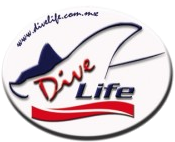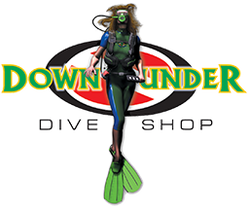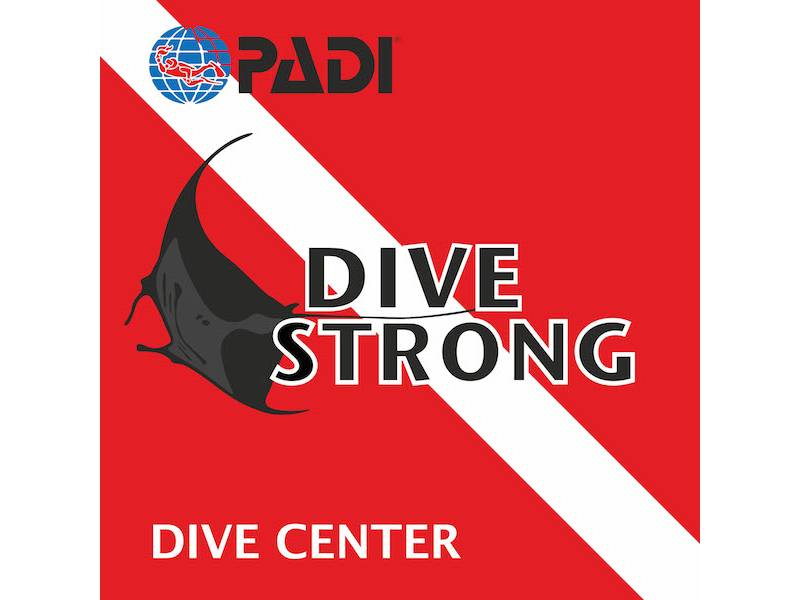
This means that, effective immediately, EFR instructors can offer workplace first aid training courses using new, Canada-approved EFR course ware. The new course ware is available now.
Get in on the action by using these government approvals to ramp up your revenue by offering workplace First Aid Courses to local businesses.
Why Emergency First Response? Because, when you’re an EFR Instructor, you experience some wonderful advantages:
- Fewer restrictions for teaching EFR than other certifying agencies
- One training agency to do business with
- Outstanding quality of training materials
- Exceptional customer service
- Ease of ordering
- Fast delivery of products
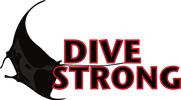
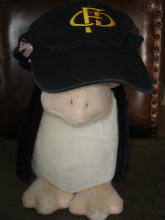

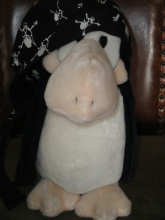
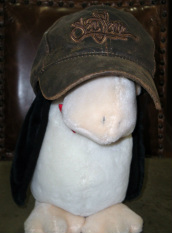

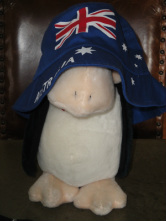
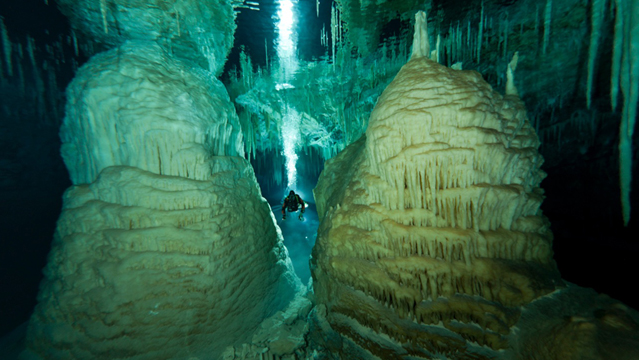

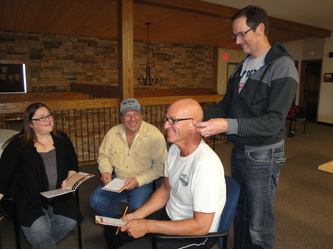


 RSS Feed
RSS Feed
